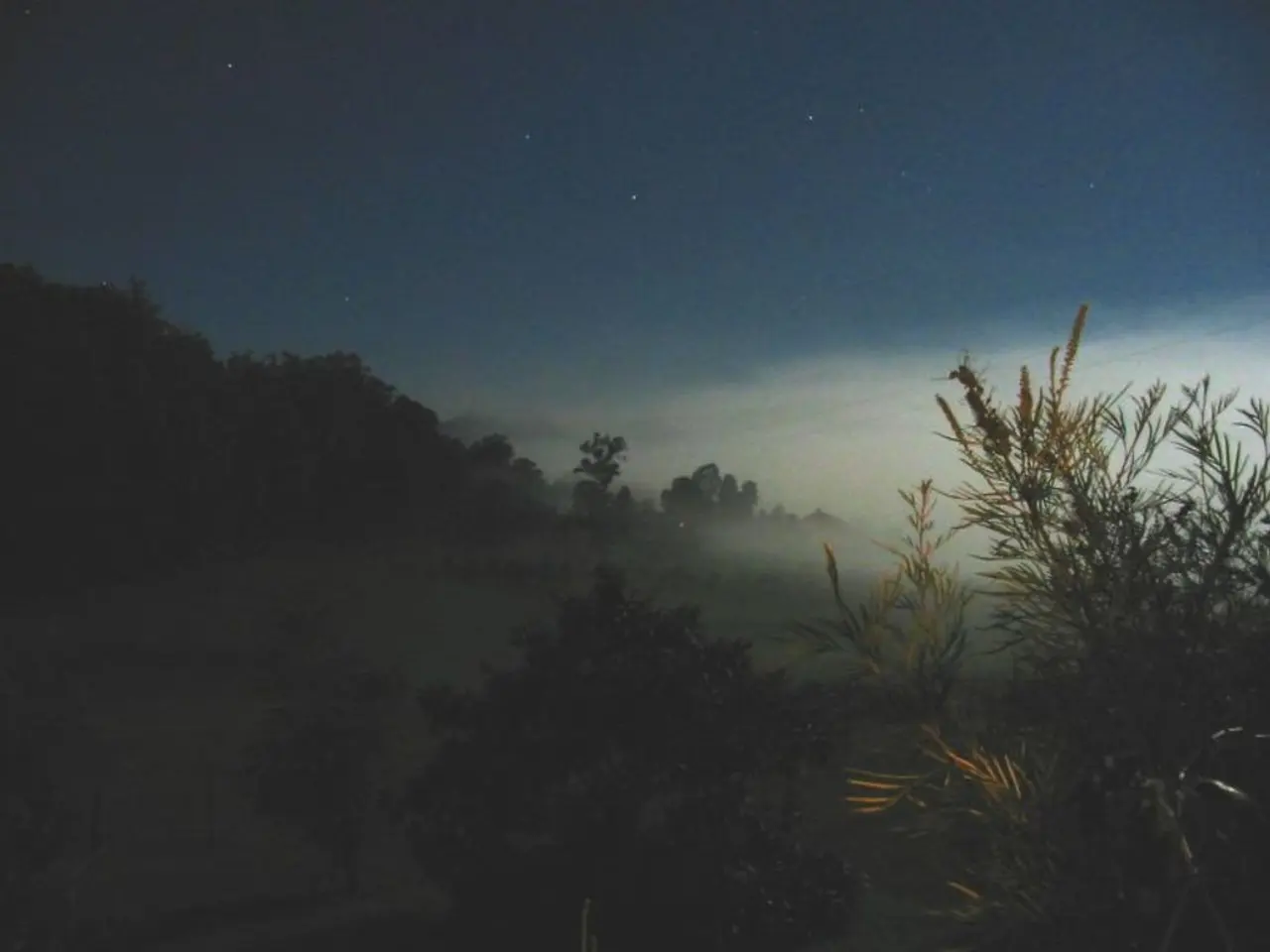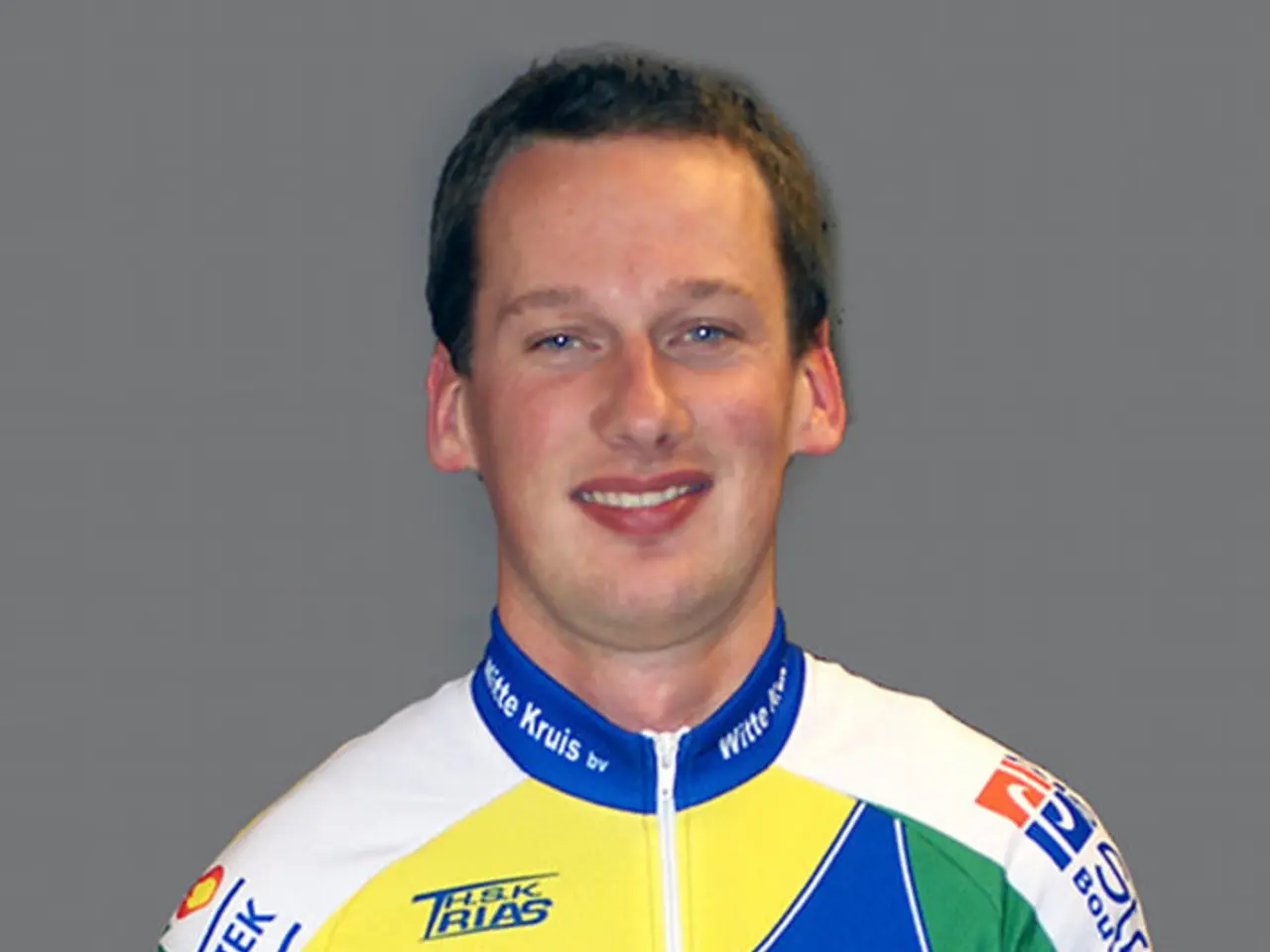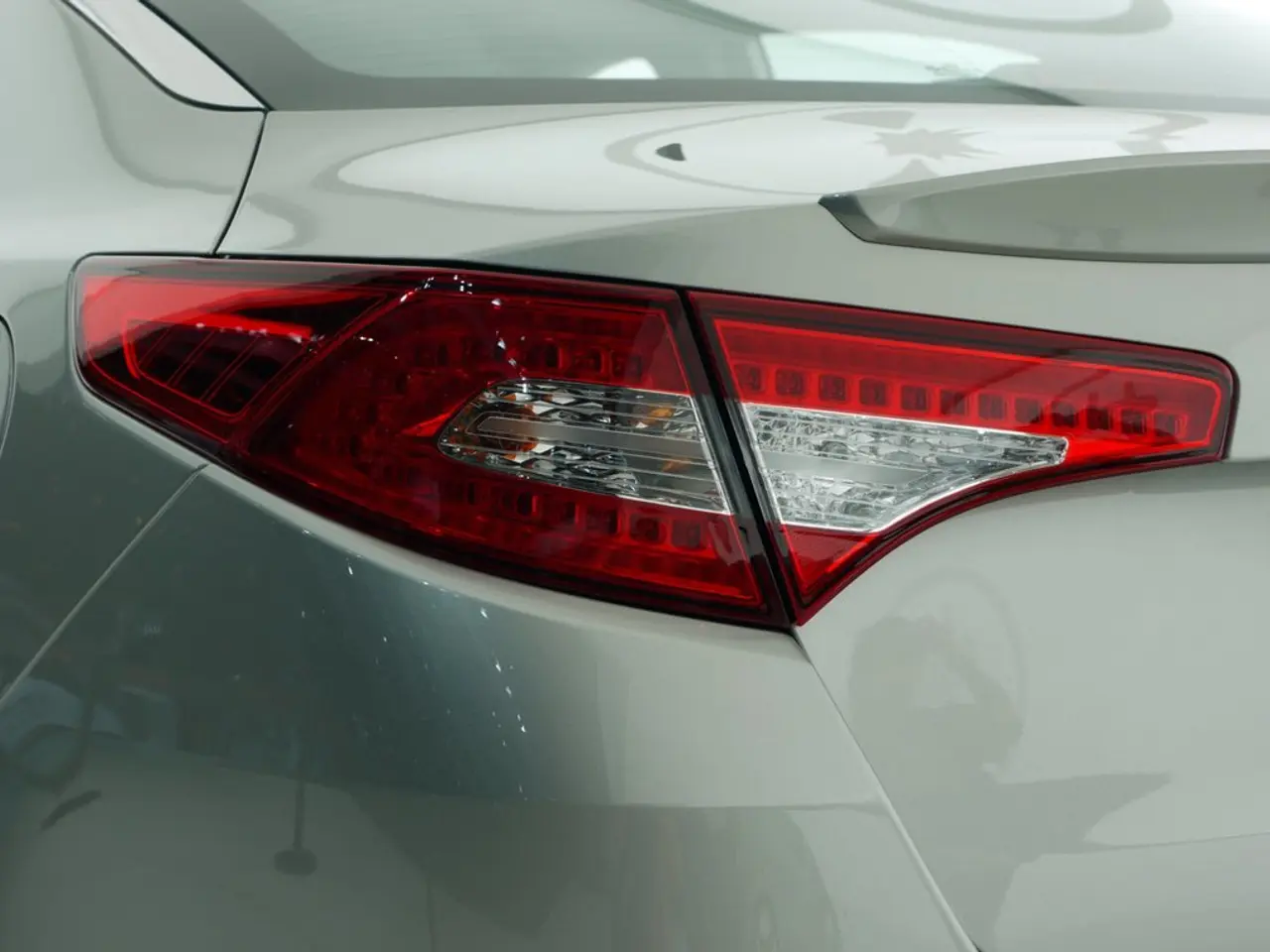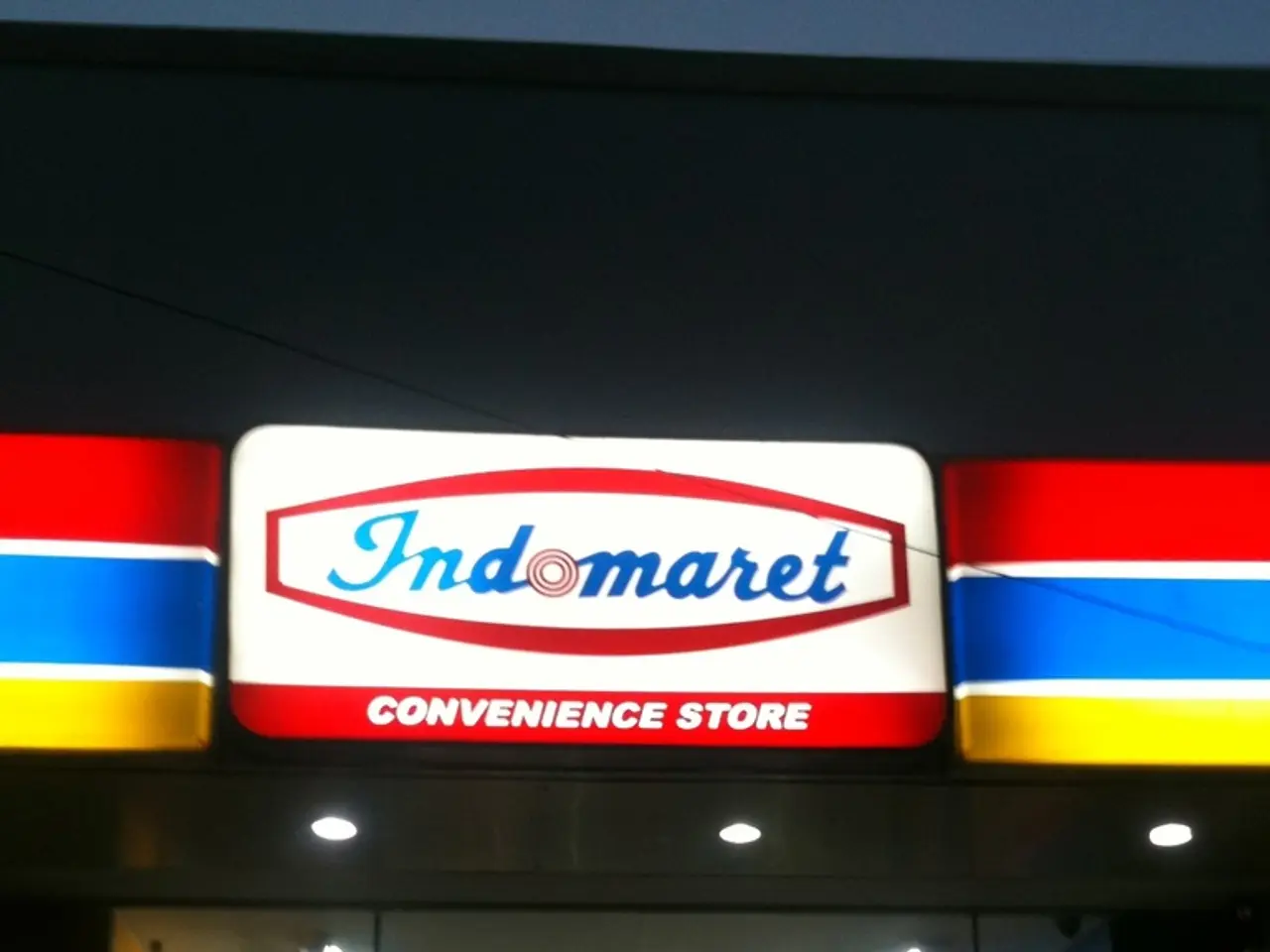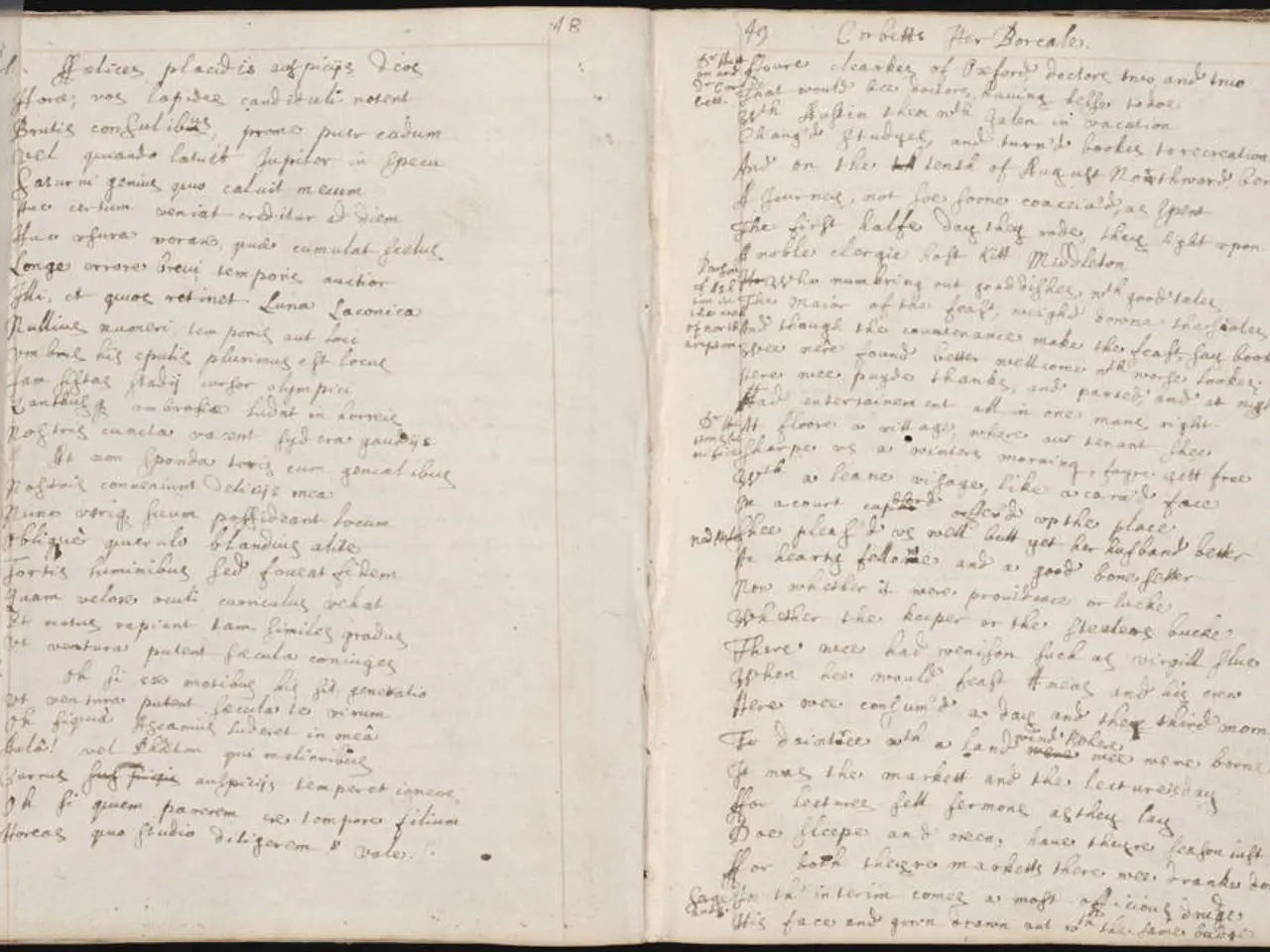Austrian Nightscape Masterpieces: Behind the Scenes with Mario Oberlaber (Case Study Review)
Mario Oberlaber, an acclaimed astrophotographer based in Austria, has shared his insights into the art of capturing breathtaking deep-sky images. Here's a glimpse into his approach:
The Process
Mario Oberlaber's astrophotography journey begins with meticulous planning and preparation. He scouts for dark sky locations and chooses optimal weather conditions for clear, stable skies. Once he has his destination, he sets up his equipment, which includes a SkyWatcher Star Adventurer and a MoveShootMove Nomad for tracking.
During data acquisition, Oberlaber captures multiple long exposure frames using these tools to ensure precise tracking of celestial objects, minimising star trails. After capturing the images, he applies calibration frames, such as dark, flat, and bias frames, to reduce sensor noise, correct vignetting, and remove hot pixels or artifacts.
The Gear
Oberlaber's arsenal includes a variety of equipment tailored to astrophotography. His main lenses are a Sigma 20mm, a Sigma 50mm, and occasionally a Sigma 135mm. For deep sky widefield images, he exclusively uses APP. When it comes to telescopes, he often uses apochromatic refractors or fast astrographs, which deliver sharp, high-contrast images of deep-sky objects.
He also employs a modified DSLR or dedicated astronomy CCD/CMOS cameras sensitive to specific wavelengths (like Ha, OIII, SII) for narrowband imaging. A high-quality, motorized equatorial mount with autoguiding capability ensures precise tracking during long exposures. Accessories such as autoguiders, field flatteners or focal reducers, filter wheels, and narrowband filters are used depending on the target.
Post-Processing
Oberlaber's post-processing includes common astro programs available for Mac. He uses Starry Landscape Stacker for image stacking, but occasionally turns to Astro Pixel Processor (APP) for this purpose. For stretching and color calibration, he often uses PixInsight and then Photoshop.
His post-processing workflow involves stacking hundreds of subframes using software like DeepSkyStacker or PixInsight to enhance the signal-to-noise ratio. Careful calibration with darks/flats/bias and integration produce a clean master image. Non-linear stretching of histograms brings out faint details without blowing out bright areas. Balancing RGB channels, especially when using narrowband filters, creates natural or aesthetically pleasing colors.
Noise reduction and sharpening tools are applied while maintaining fine detail. Advanced techniques such as masks, curves, multilayer editing (Photoshop), and tools like StarNet++ for star removal help emphasise nebulae or galaxy details.
For more detailed tutorials, you might find Oberlaber’s presentations or social media channels where he occasionally breaks down his workflow and specific setups. If you're interested in learning more about astrophotography, Oberlaber recommends the Patreon page of Jakob Sahner as a valuable learning resource.
You can follow Mario Oberlaber on various social media platforms under the username Mario Oberlaber. His great passion lies in astro/landscape photography, and he considers his journey in astrophotography his greatest achievement.
- Mario Oberlaber, a renowned astrophotographer based in Austria, meticulously plans and prepares for his deep-sky photography expeditions, seeking out dark sky locations and choosing optimal weather conditions.
- In his equipment setup, Oberlaber uses a SkyWatcher Star Adventurer and a MoveShootMove Nomad for tracking celestial objects during long exposures, minimizing star trails.
- Oberlaber's photography toolkit includes a Sigma 20mm, a Sigma 50mm, and occasionally a Sigma 135mm for his main lenses, as well as apochromatic refractors or fast astrographs for telescopes.
- He employs a modified DSLR or dedicated astronomy CCD/CMOS cameras that are sensitive to specific wavelengths for his deep-sky widefield images and narrowband imaging.
- Post-processing for Oberlaber involves using software like Starry Landscape Stacker, PixInsight, and Photoshop, with a focus on stacking subframes, calibrating images, and balancing RGB channels for natural or aesthetically pleasing colors.
- For aspiring astrophotographers, Oberlaber recommends the Patreon page of Jakob Sahner as a valuable learning resource, and shares his passion for astro/landscape photography on various social media platforms under the username Mario Oberlaber.
